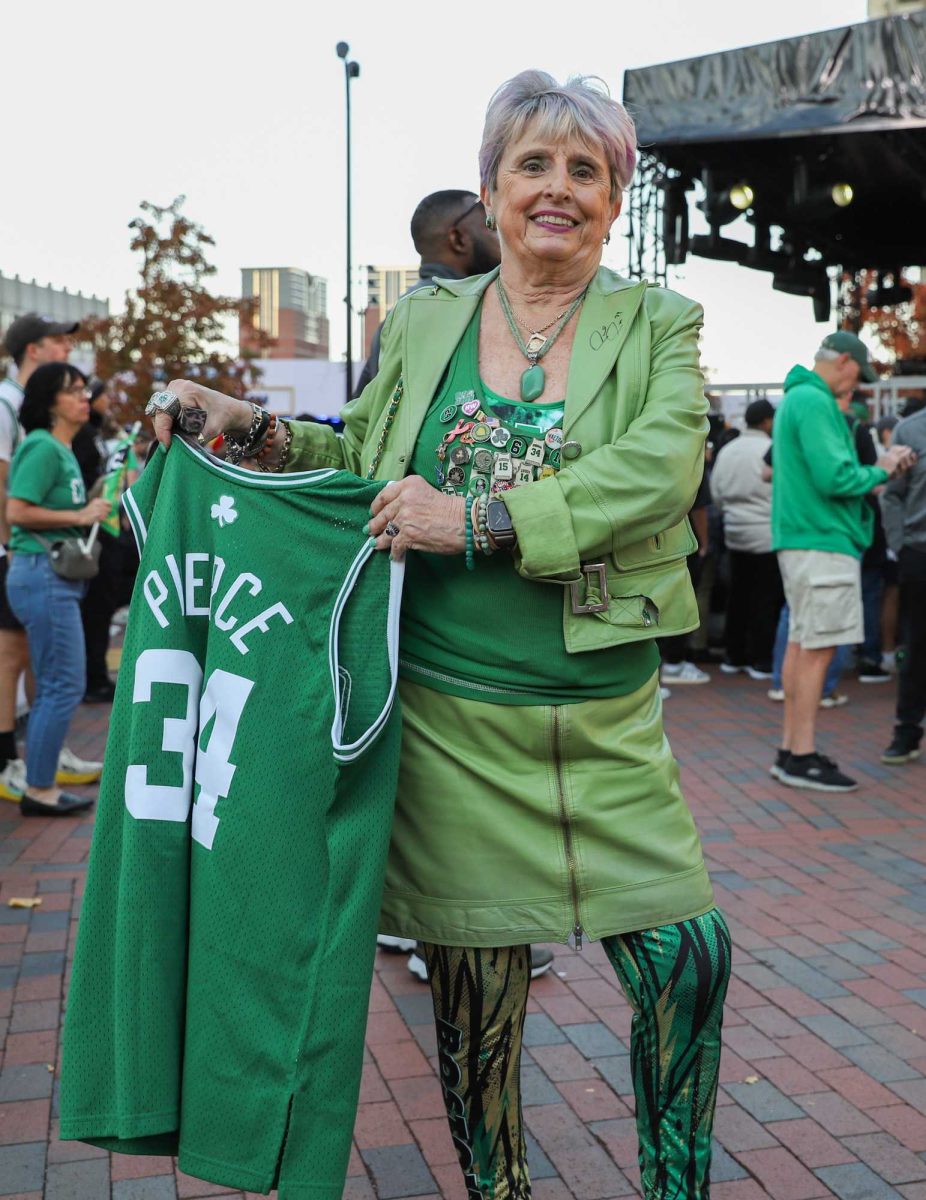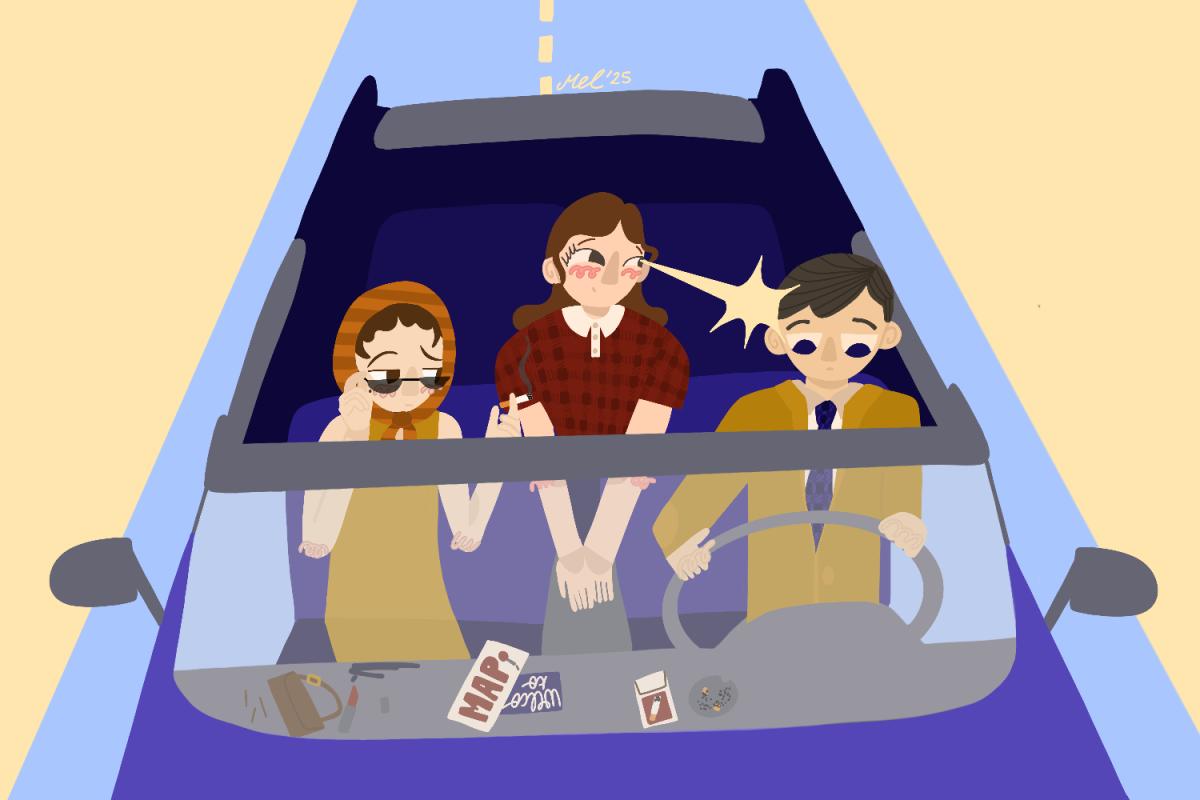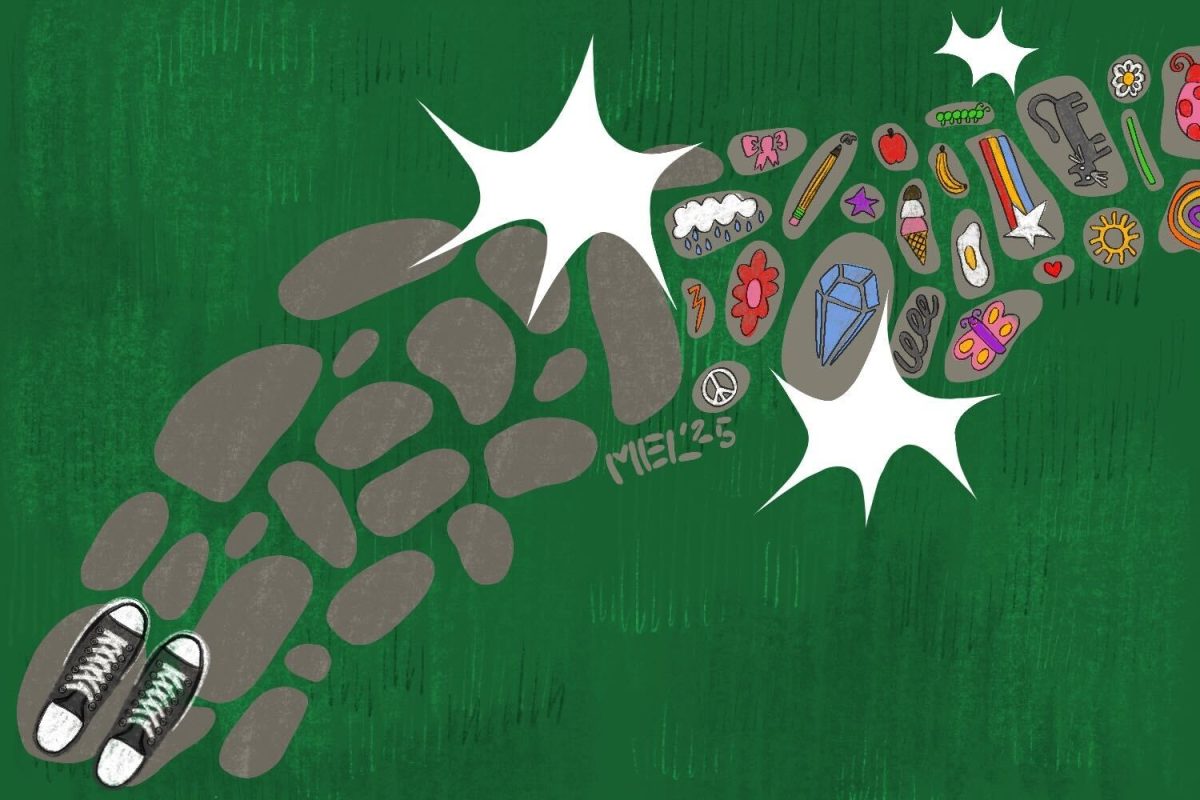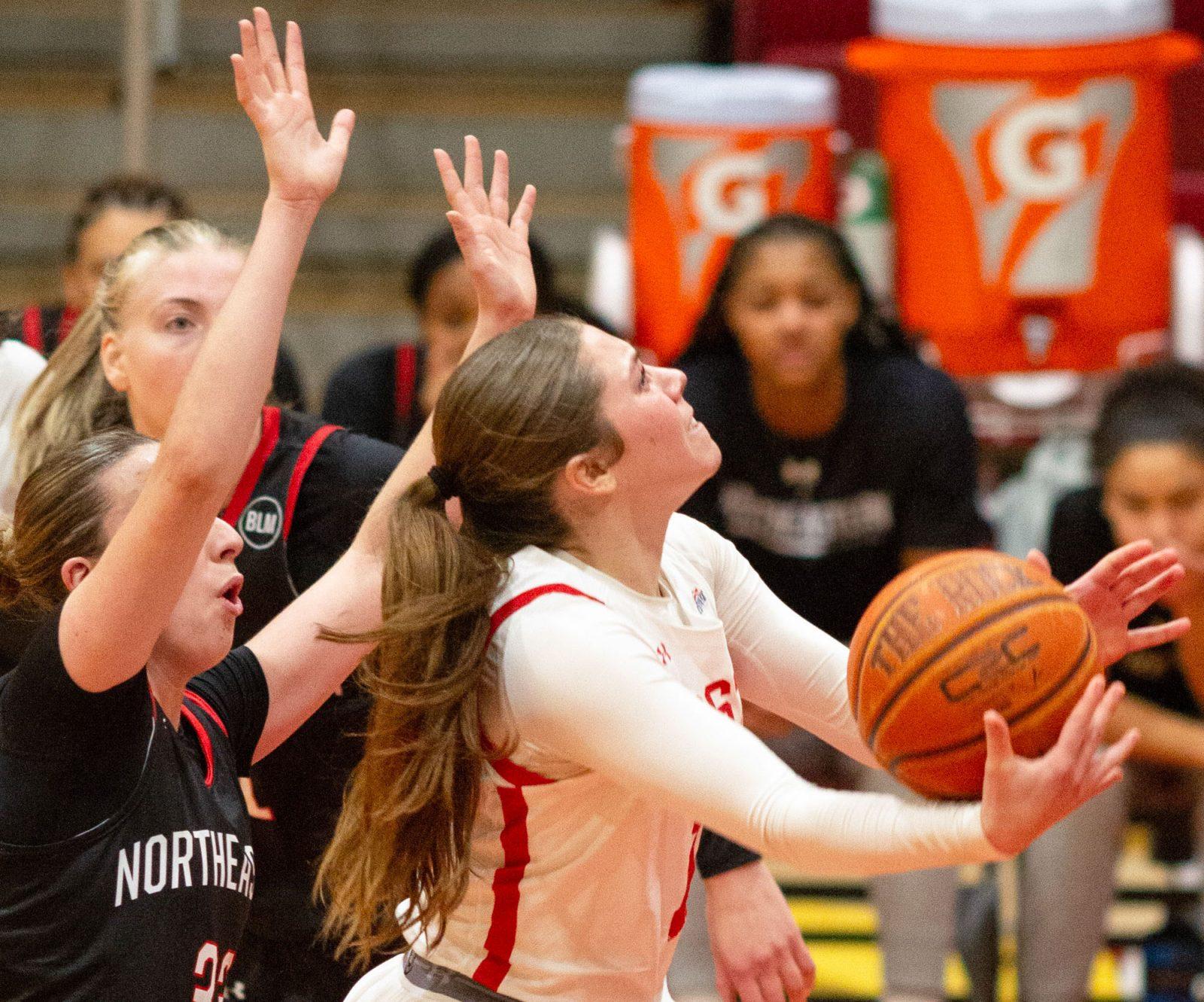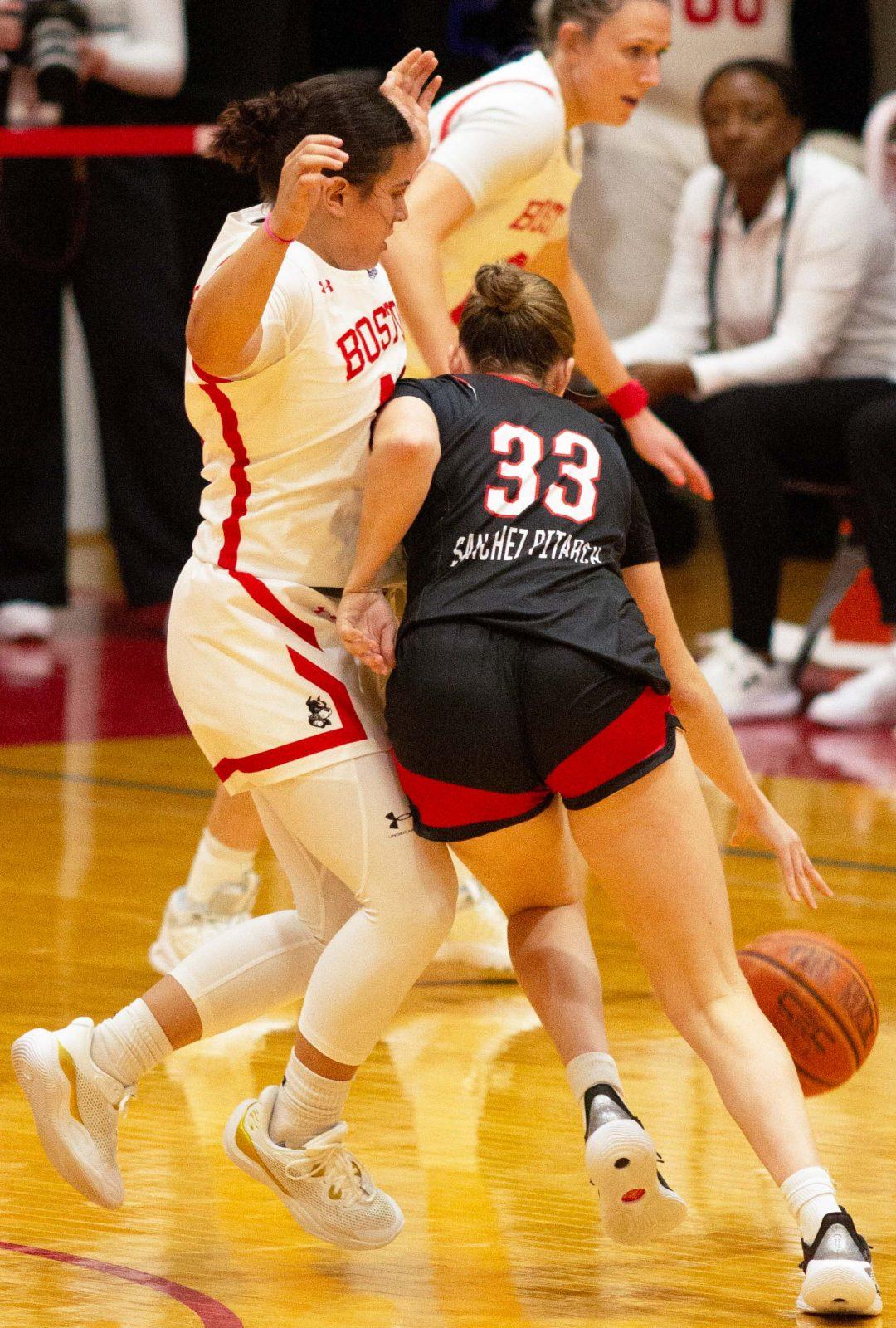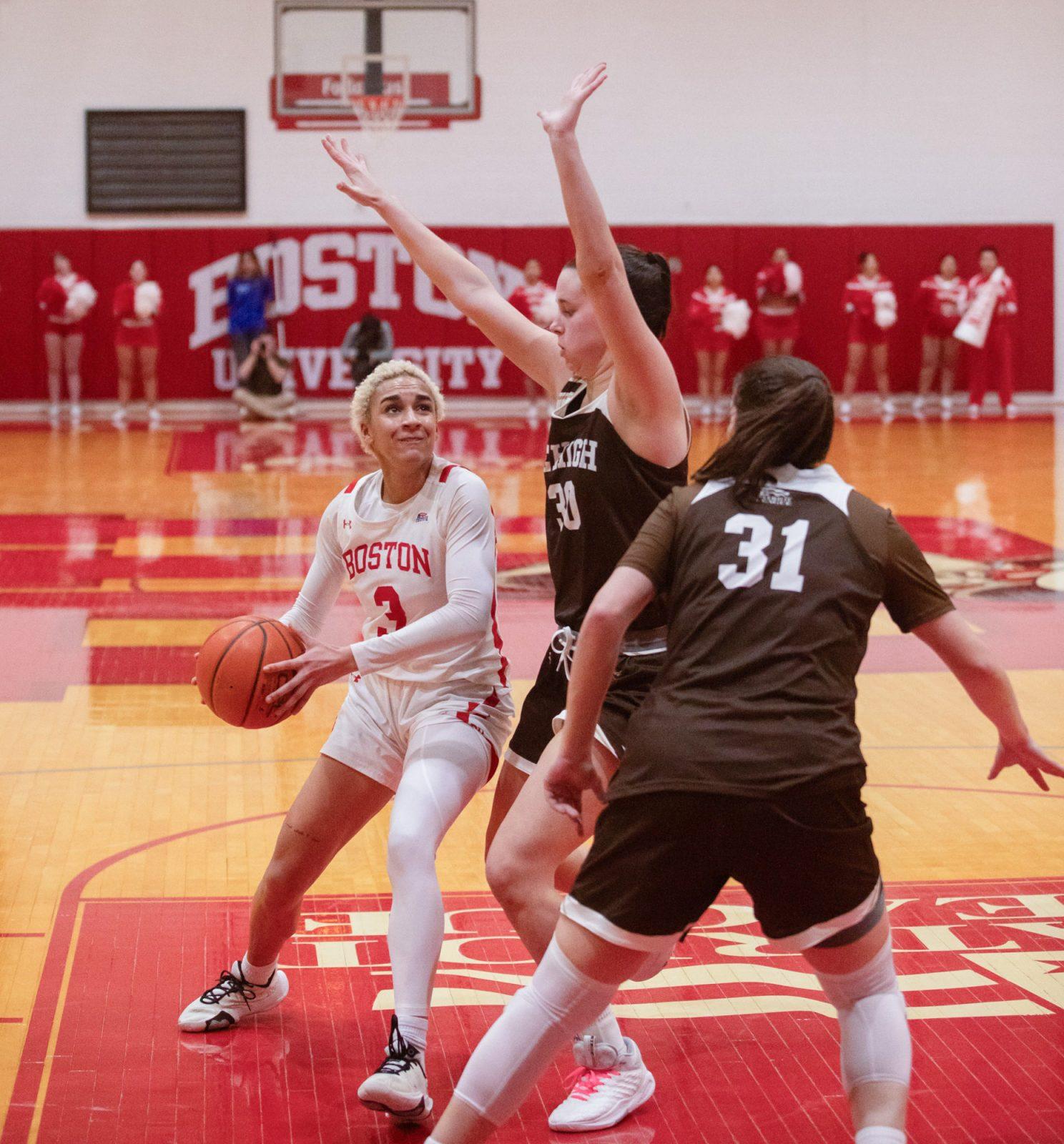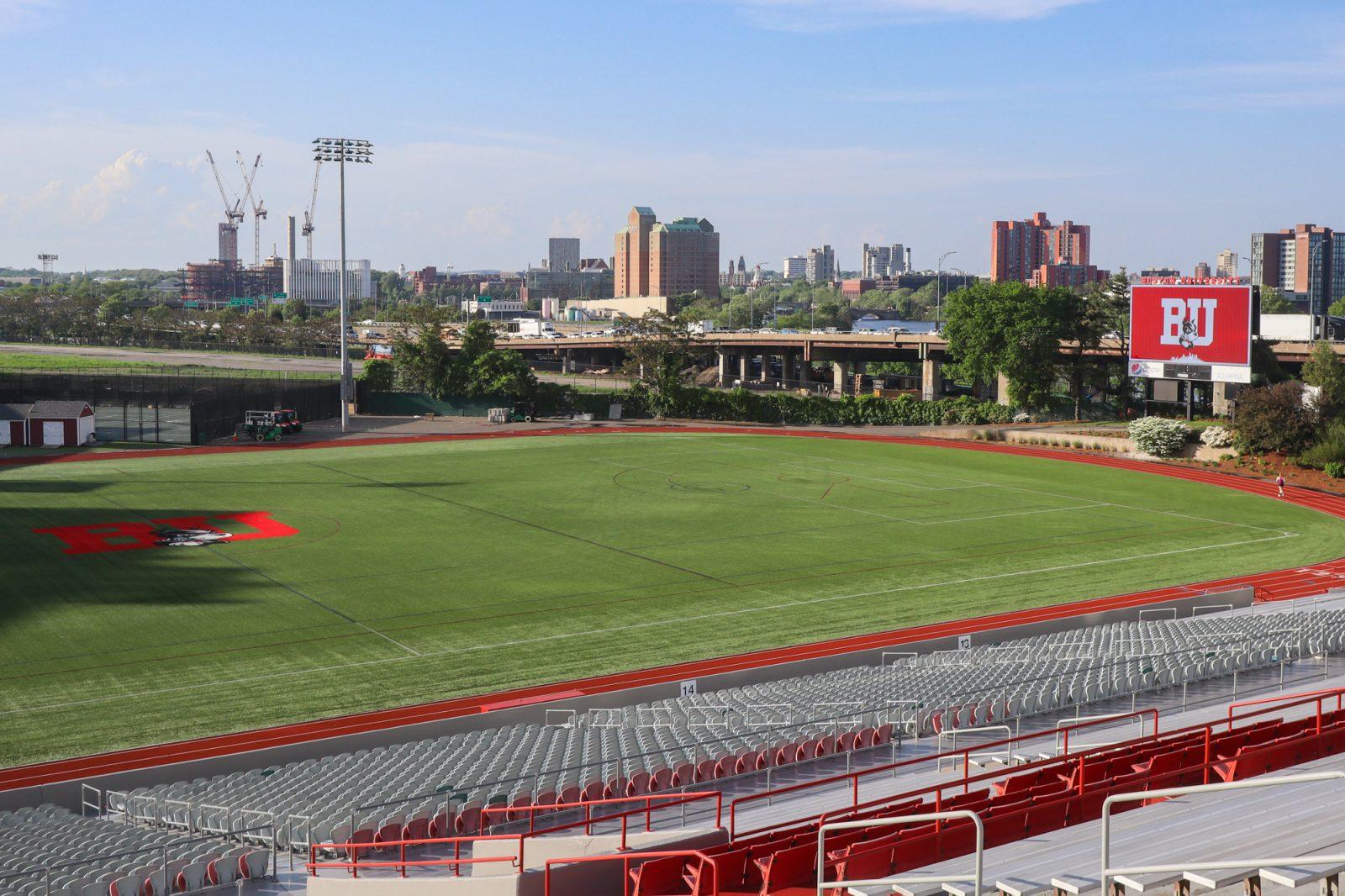The presidential election may be over, but new NCAA hockey eligibility rules are being put to a vote this month, and that could change the landscapes of both collegiate and professional hockey.
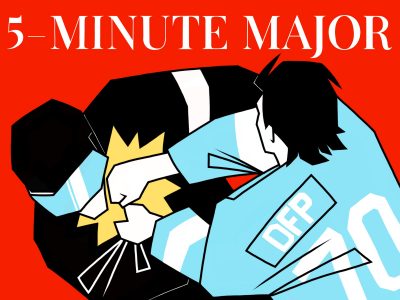
The vote is a response to a class action lawsuit filed in August against the NCAA and 10 universities that alleges the eligibility rules violate U.S. antitrust laws.
As it stands now, a college hockey player must maintain “amateur” status to play the NCAA, which means they can’t sign a contract with the Canadian Hockey League. This includes the Western, Ontario and Quebec Maritimes Junior Hockey Leagues.
Every young hockey player has to make the decision between the CHL and NCAA. A lot of factors go into the decision, including the level of competition and resources available in each program.
Boston University’s own Macklin Celebrini, who has played with the San Jose Sharks after going first overall in the NHL draft, explained his decision to attend BU instead of a CHL team. He cited the ability to join the team a year early as a 17-year-old and play against athletes up to nine years his senior. The CHL only consists of players aged 16 to 20 with the occasional 21-year-old depending on his birthday.
The CHL season is significantly longer, but the NCAA style of play is more physical and structured. The two leagues are hard to compare because of the differences in age groups and play styles, making the choice a very personal one for each hockey player looking to continue his career.
Hockey players have gone the other way, leaving the NCAA to play in the CHL, but the number is limited due to the CHL’s age restraints.
Joining the NCAA after playing junior hockey is far from unusual, though. American junior leagues, like the North American Hockey League and the United States Hockey League, still count as amateur leagues. Players often join a college team after playing a couple years in junior leagues.
The USHL, becoming more and more competitive, has begun to reach the level of the CHL leagues. It has become a major feeder into NCAA Division I programs. All things considered, leaving the USHL to play NCAA hockey is not that different from what it would be like to leave the CHL for college. The only difference is what the NCAA governing body considers to be amateur.
Braxton Whitehead, a 20-year-old center from Palmer, Alaska, who currently plays for the Regina Pats of the WHL, announced his verbal commitment to Arizona State University for next season. The commitment was made in hopes that the eligibility rules would be changed before the Sun Devils’ 2025-26 season.
Now that the NCAA allows college athletes to profit from their name, image and likeness in what have been known as NIL deals, it makes no sense to prevent players who have signed junior professional contracts from joining NCAA programs. There is no good reason Whitehead shouldn’t be allowed to play in Tempe, Arizona, next season.
Players should always be allowed to have all the options to make the best decisions for themselves and their careers. One choice shouldn’t cut off the ability to switch paths. It’s hard to expect teenagers to know what’s best for them.
This move could also improve the level of play in NCAA hockey, bringing in more exciting players, particularly young Canadian stars, and bring more viewership to college hockey games.
Hockey is such a niche sport, and almost every fan lives and dies with their favorite franchises and players. The NCAA would benefit from being able to bring in more fans to the game to watch college hockey, the players would benefit from more opportunity and fans of college sports would be able to watch better hockey.
Everyone wins.





























